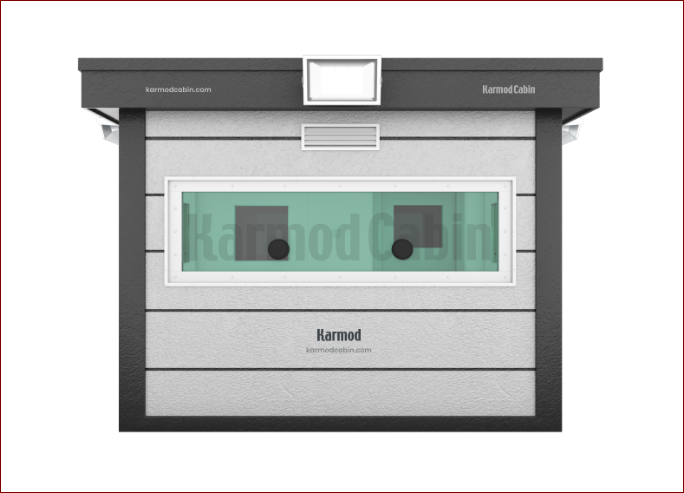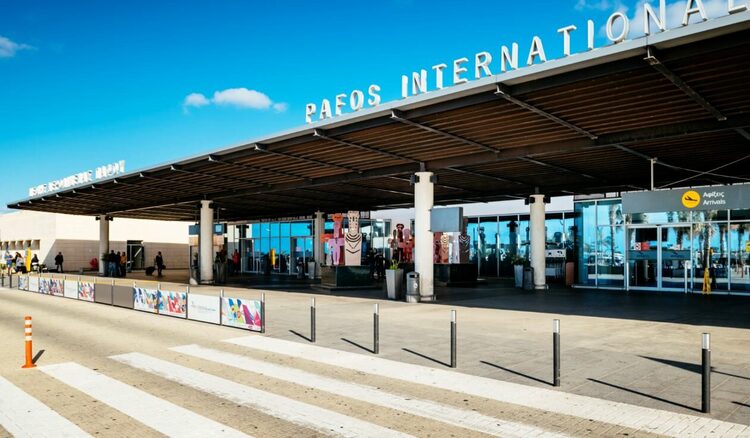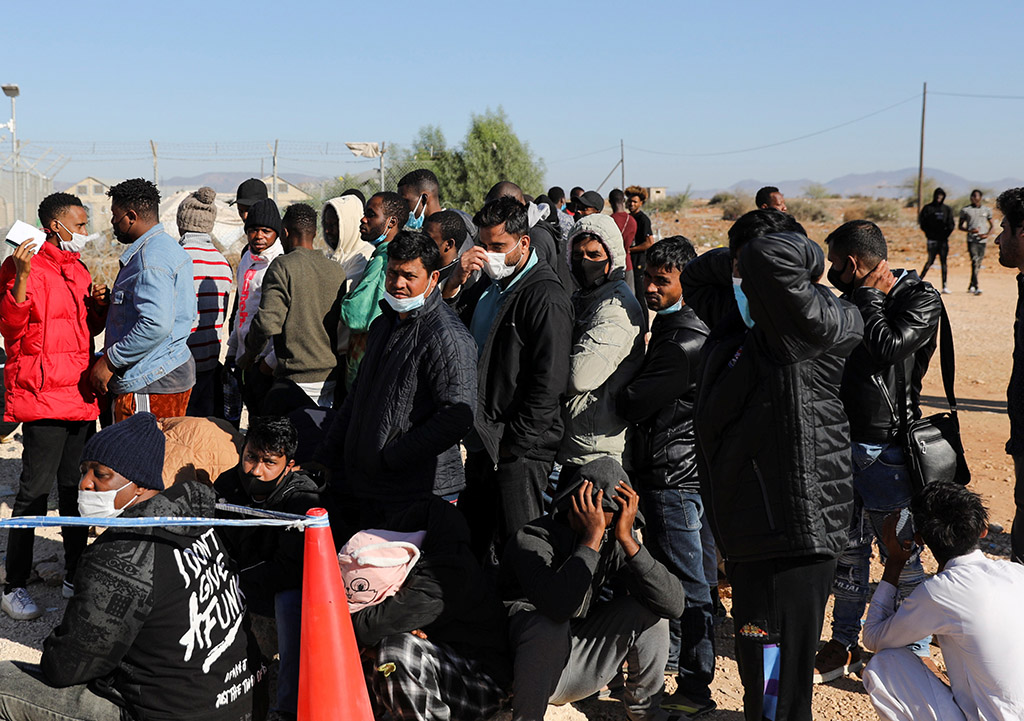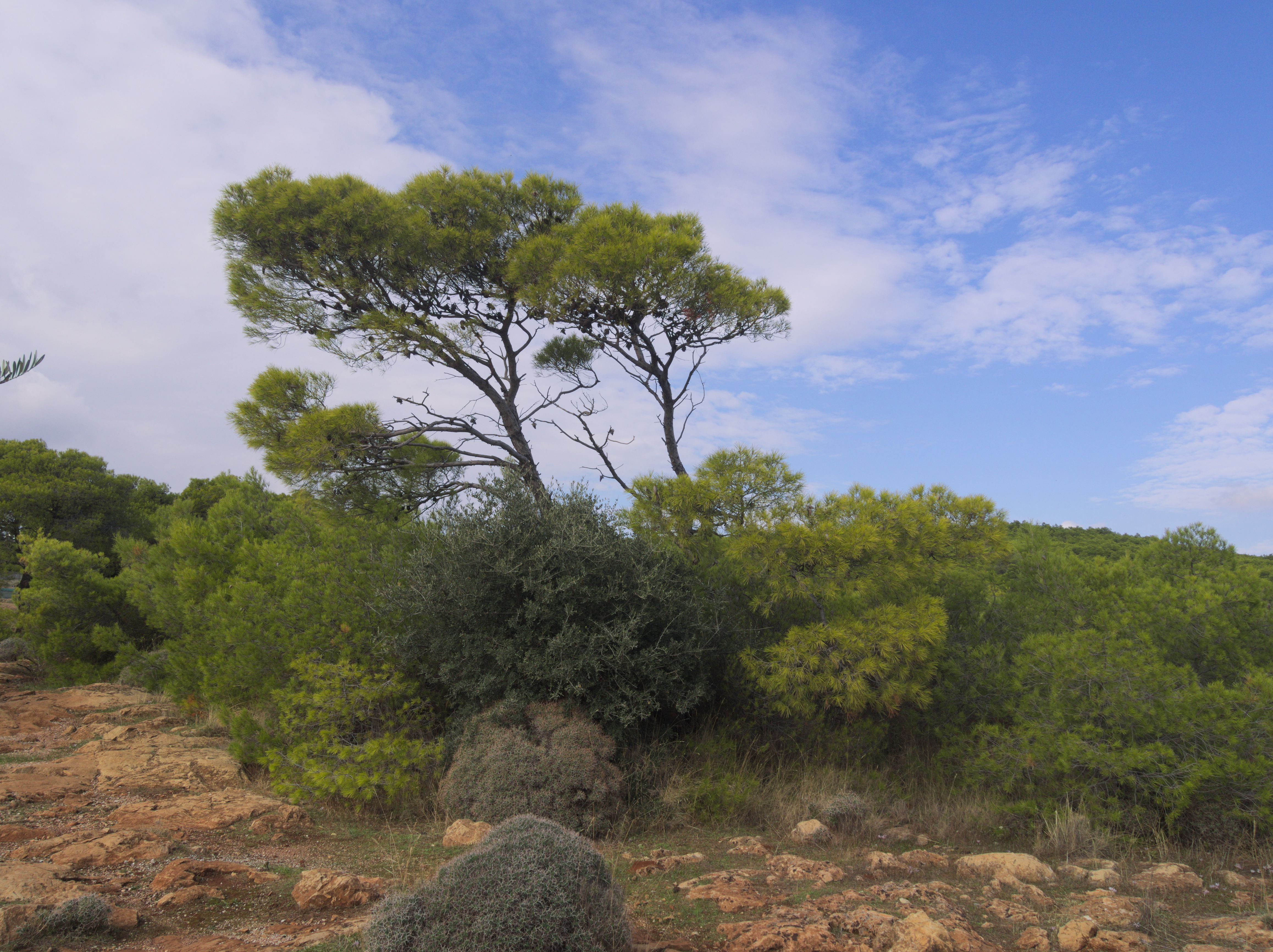In today’s fast-changing world, site security is more than just a requirement—it’s a strategic necessity. Whether it’s a construction area, industrial plant, parking facility, or commercial complex, having a secure environment is essential for protecting both people and property. One of the most efficient, flexible, and cost-effective ways to achieve this is through the use of security cabins.
1. The evolving role of Security Cabins in modern site management
Security cabins—often referred to as guard booths or security guard houses—have evolved far beyond their traditional role as small shelters for personnel. Modern units are designed as smart, modular structures equipped with climate control, surveillance systems, and bullet-resistant materials to withstand various environmental and operational demands.
In the United States, where workplace safety standards are strongly enforced, portable and prefabricated cabins provide a versatile solution for organizations of all sizes. Their modularity allows them to be deployed quickly across multiple site types, from temporary construction areas to long-term commercial projects.
A well-designed security cabin not only offers protection for security staff but also acts as a visible deterrent against potential threats. The mere presence of a guard booth communicates control, surveillance, and preparedness—critical factors in preventing unauthorized access or vandalism.
2. How Security Cabins improve safety and operational control
The main advantage of a security cabin lies in its ability to create a controlled checkpoint environment. This allows businesses to regulate entry and exit points, monitor deliveries, and ensure that only authorized individuals gain access.
Some of the key safety functions include:
- Access Control: Integrated systems for ID verification, license plate recognition, and visitor logs.
- 24/7 Surveillance: Space for CCTV monitoring equipment and live feed systems.
- Emergency Response: Equipped with alarms, radios, and visibility for immediate incident reporting.
- Environmental Comfort: Proper insulation, air conditioning, and ergonomic layouts help guards stay alert and effective.
When combined, these factors enhance both physical security and operational efficiency, minimizing downtime and security breaches.
3. Key features that define a modern Security Cabin
To truly enhance site safety, a security cabin must meet modern standards of construction and usability. Some of the most relevant features for U.S. environments include:
a. Durability and weather resistance
Security cabins must withstand diverse American climates—from the humid coasts of Florida to the snowy regions of Minnesota. Prefabricated steel or composite panel structures ensure long-term durability and resistance to corrosion, moisture, and heat.
b. Insulation and HVAC Systems
A secure environment also requires comfort. Well-insulated cabins with integrated HVAC systems maintain stable temperatures, ensuring that security personnel remain focused during long shifts.
c. Bullet-resistant options
For high-risk areas such as government facilities, airports, or industrial plants, ballistic protection options are essential. Cabins designed with bullet-resistant glass and reinforced panels can protect against external threats while maintaining visibility.
d. Mobility and modularity
Portable security cabins are especially useful for construction companies or event organizers who need flexible deployment. These units can be relocated or expanded as project requirements change, saving both time and cost.
4. Use cases: Where Security Cabins make the biggest impact
Security cabins are no longer limited to military or industrial use—they are now standard across a variety of sectors. In the U.S., they play an increasingly important role in:
- Construction Sites: Controlling access to hazardous zones and preventing equipment theft.
- Commercial Facilities: Monitoring parking areas and visitor entries.
- Industrial Plants: Securing critical infrastructure and managing logistics.
- Schools and Hospitals: Creating safe entry points for staff and visitors.
- Events and Stadiums: Managing large crowds and ensuring rapid response capability.
In each case, the cabin acts as both a psychological and operational safety barrier, combining visibility with readiness.
As studies on security infrastructure highlight, visibility and physical control points play a critical role in risk mitigation. This is why modular guard cabins have become a cornerstone of modern site security design.
5. Compliance and safety standards in the U.S.
Security cabins used in American workplaces often must comply with regulations related to occupational safety and accessibility. The Occupational Safety and Health Administration (OSHA) provides general guidelines for worker protection, which extend to guarding personnel stationed in enclosed booths.
Depending on location and function, additional standards such as ADA accessibility, electrical safety codes, and ballistic certification (NIJ levels) may apply. Compliance with these standards not only ensures worker safety but also reduces liability for companies.
6. Investing in quality: Why Karmod Cabin stands out
When it comes to selecting a reliable manufacturer, quality and customization flexibility are key. Karmod Cabin has become one of the most recognized names in prefabricated building technology, offering a range of portable and modular cabins designed for U.S. market requirements.
Karmod Cabin’s engineering approach emphasizes structural safety, weather resistance, and long-term performance. Their products are used across multiple industries—from construction firms needing mobile guard booths to organizations requiring high-security ballistic units.
The company’s Karmod Security Cabin are built to combine protection, comfort, and modern aesthetics—making them ideal for businesses that value both safety and professional appearance.
7. The ROI of Security Cabins: Cost vs. safety
Beyond their protective function, security cabins deliver measurable financial and operational returns. Studies show that visible security presence can reduce vandalism and theft by up to 60%, depending on the environment. For construction and logistics companies, this translates into reduced losses and insurance costs.
Moreover, portable cabins reduce construction overhead compared to permanent guardhouses. Installation time is minimal—often less than a day—and relocation flexibility means one cabin can serve multiple projects over its lifetime.
When calculated across several years, the cost-benefit ratio of modular security cabins becomes undeniable: enhanced protection, lower operational risk, and improved employee morale.
8. Future outlook: Smart and sustainable Security Cabins
The next generation of security cabins is expected to integrate IoT sensors, solar panels, and AI-driven surveillance systems. These innovations will make them more sustainable, autonomous, and data-driven.
For U.S. organizations adopting ESG and green-building principles, such innovations will be increasingly valuable. They not only support sustainability goals but also demonstrate a commitment to workplace safety and technology leadership.
DISCLAIMER – “Views Expressed Disclaimer – The information provided in this content is intended for general informational purposes only and should not be considered financial, investment, legal, tax, or health advice, nor relied upon as a substitute for professional guidance tailored to your personal circumstances. The opinions expressed are solely those of the author and do not necessarily represent the views of any other individual, organization, agency, employer, or company, including NEO CYMED PUBLISHING LIMITED (operating under the name Cyprus-Mail).







Click here to change your cookie preferences